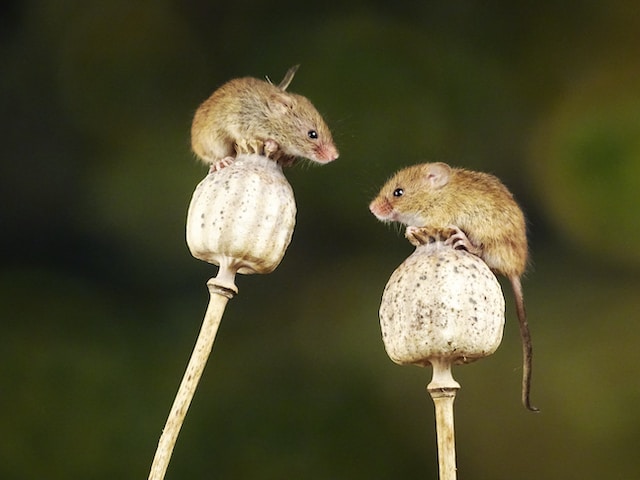Introduction: In a scientific breakthrough that has captured the attention of researchers worldwide, a groundbreaking study has demonstrated the induction of hibernation-like states in mice through the use of ultrasound pulses. This pioneering research offers valuable insights into the mechanisms underlying hibernation and opens up exciting possibilities for medical advancements and beyond. In this article, we delve into the science behind ultrasound-induced hibernation in mice and its potential implications.
Understanding Hibernation: Hibernation is a fascinating phenomenon observed in various animal species, enabling them to survive harsh environmental conditions. During hibernation, animals undergo a dormant state characterized by decreased metabolic rates, reduced body temperature, and lowered energy consumption. This adaptive strategy helps them conserve energy and endure long periods of limited resources.
The Ultrasound Connection: Researchers sought to understand whether ultrasound pulses could trigger hibernation-like states in mice by targeting specific brain regions involved in regulating metabolic functions. By carefully modulating the frequency and intensity of the ultrasound waves, scientists were able to stimulate the hypothalamus, a key area responsible for controlling body temperature and metabolism.
The Study Design: In the study, mice were exposed to ultrasound pulses for specific durations and intensities. The researchers observed significant physiological changes, including reduced body temperature and metabolic rate, reminiscent of natural hibernation. The induced hibernation-like state was reversible, with the mice returning to normal activity once the ultrasound exposure ceased.
Mechanisms and Potential Applications: The precise mechanisms by which ultrasound induces hibernation-like states in mice are still being explored. However, initial findings suggest that the ultrasound waves modulate neural activity, triggering a cascade of physiological changes associated with hibernation. Understanding these mechanisms could have far-reaching implications across various fields:
- Medical Applications: Ultrasound-induced hibernation holds promise for medical applications, particularly in critical care medicine. By temporarily reducing metabolic rates and metabolic demands, this technique could potentially provide valuable time for medical interventions in emergency situations or traumatic injuries.
- Organ Preservation and Transplantation: Ultrasound-induced hibernation could revolutionize organ preservation for transplantation. By slowing down metabolic processes, organs could be maintained in a dormant state for longer periods, extending their viability and increasing the chances of successful transplant procedures.
- Space Exploration: The ability to induce hibernation in astronauts during space travel could address some of the challenges associated with long-duration missions. By reducing metabolic demands, the need for life support systems, such as food, water, and oxygen, could be minimized, making interplanetary travel more feasible.
Challenges and Ethical Considerations: While the potential applications of ultrasound-induced hibernation are exciting, significant challenges and ethical considerations lie ahead. Further research is required to fully understand the long-term effects and potential risks associated with inducing hibernation in mammals. Strict ethical guidelines must be established to ensure the well-being of animals involved in these experiments.
Conclusion: The groundbreaking study on ultrasound-induced hibernation in mice offers valuable insights into the mechanisms underlying hibernation and opens up new possibilities across various fields. From medical applications to organ transplantation and space exploration, this research highlights the potential of ultrasound technology to induce hibernation-like states. As scientists continue to unravel the intricacies of this phenomenon, we stand on the cusp of a new era in which ultrasound-induced hibernation could pave the way for transformative advancements in human health and beyond.




